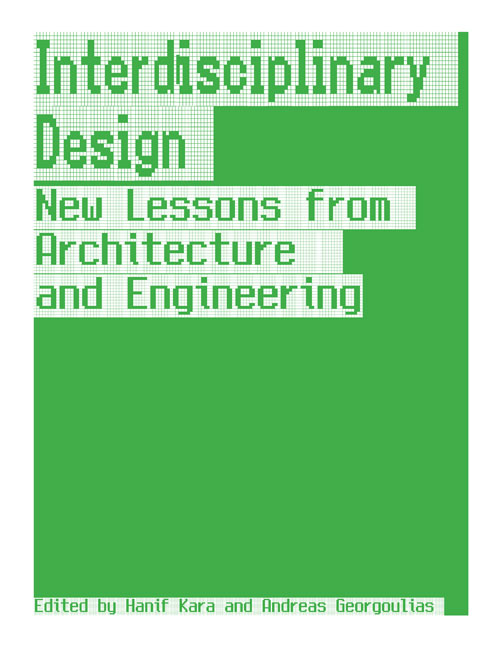Interdisciplinary Design: New Lessons from Architecture and Engineering

Architects and engineers both claim to be designers, though how they define design and the approaches they use to realize it vary widely. Their interaction, however, has created some of the world’s most memorable, enduring, and impressive buildings. The explosion of digital technologies illuminates the complexity and nonlinearity of the process that designers experience daily, while massively expanding the ability to visualize and represent forms and to analyze their structural engineering behavior. Technology has obviously changed both architecture and engineering, and so also the potential for interaction.
That is the subject of the research and discourse presented here. In a course at the Harvard Graduate School of Design attended by graduate students in architecture and MIT graduate students in structural engineering and computation, students, instructors and practitioners have led an experimental exploration of interdisciplinary design.
Its subject is design thinking that works within the interfaces, overlaps, seams, or gaps between the disciplinary areas of architecture and engineering.
Harvard Graduate School of Design and Actar